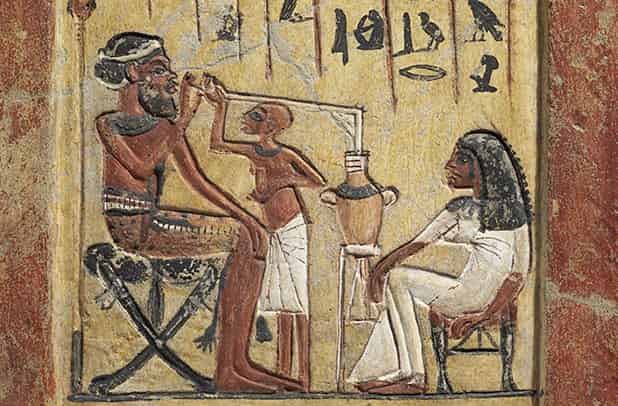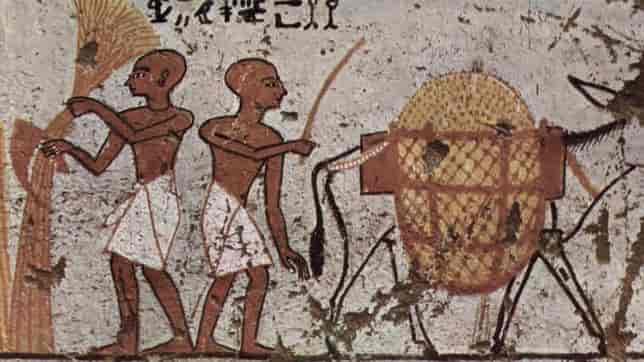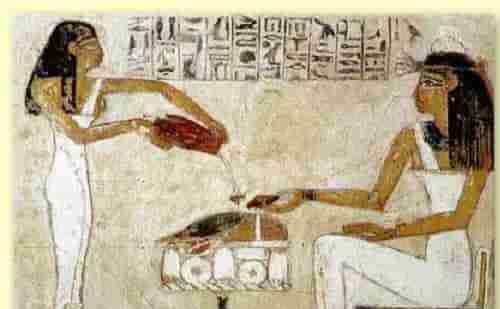Beer was the most popular drink in ancient Egypt, according to information from texts engraved on the walls of graves and temples, as well as remains from offerings to the deceased.
These sources provide insight into the culinary customs of the ancient Egyptians. Funerary art, such as clay figurines known as “ushabtis,” also depict servants preparing and serving drinks.
Beer was abundant and cheap, and was consumed in a variety of settings, including on ships, in the countryside, at official receptions, and in beer houses found in every city.
The manufacturing process for beer, which involved the use of wheat or barley and dates, was documented in mastabas from the Old Kingdom. Dates provided sugar to help the drink ferment properly.
In contrast, wine was considered a luxury product in ancient Egypt and was bottled to indicate its origin, year of harvest, and even the name of the winegrower.
Beer, its importance in ancient Egypt
Beer played a significant role in ancient Egyptian culture. During the reign of the pharaohs, it was viewed as a food rather than an alcoholic beverage.
It was believed to have been invented by Osiris, the son of Nut and god of the dead, who was associated with the spirit of cereals. There are many documents that describe the different types and qualities of beer in ancient Egypt, with the oldest being found in the Pyramid of Unas from the V Dynasty, more than 4,500 years ago.
These documents mention up to 17 types of beer, including thick, milkshake-like, strong, sweet, salty, and those made with dates. The main ingredient in beer was not barley but a type of red wheat called “spelt,” which was possibly imported from Palestine.
In social terms, those of lower class consumed a thicker, cloudier beer with lower alcoholic content, while the upper classes drank more elaborate beers mixed with aromatic substances. Beer was also used in funeral offerings, as a medicinal product, and as a form of currency.
Operations for brewing
The process of brewing beer in ancient Egypt was highly regulated. One of the most complete formulas for brewing was found in Ty’s grave.
It began with the germination of cereal grains, such as wheat, barley, or millet, through humidification. The sprouted grains were then crushed in a mortar and mixed with water and sugar to create a dough.
Yeast was added, and the mixture was allowed to ferment before being filtered and stored in amphorae in a cool place. The sugar used in this process was typically from dates or honey, rather than cane or beet sugar.
The production of beer was closely monitored by each monarch or prince in each province, and the quality and authenticity of the final product was ensured through the use of a hieroglyphic inscription on the lid of the container. These strict rules were followed closely by each brewer.














